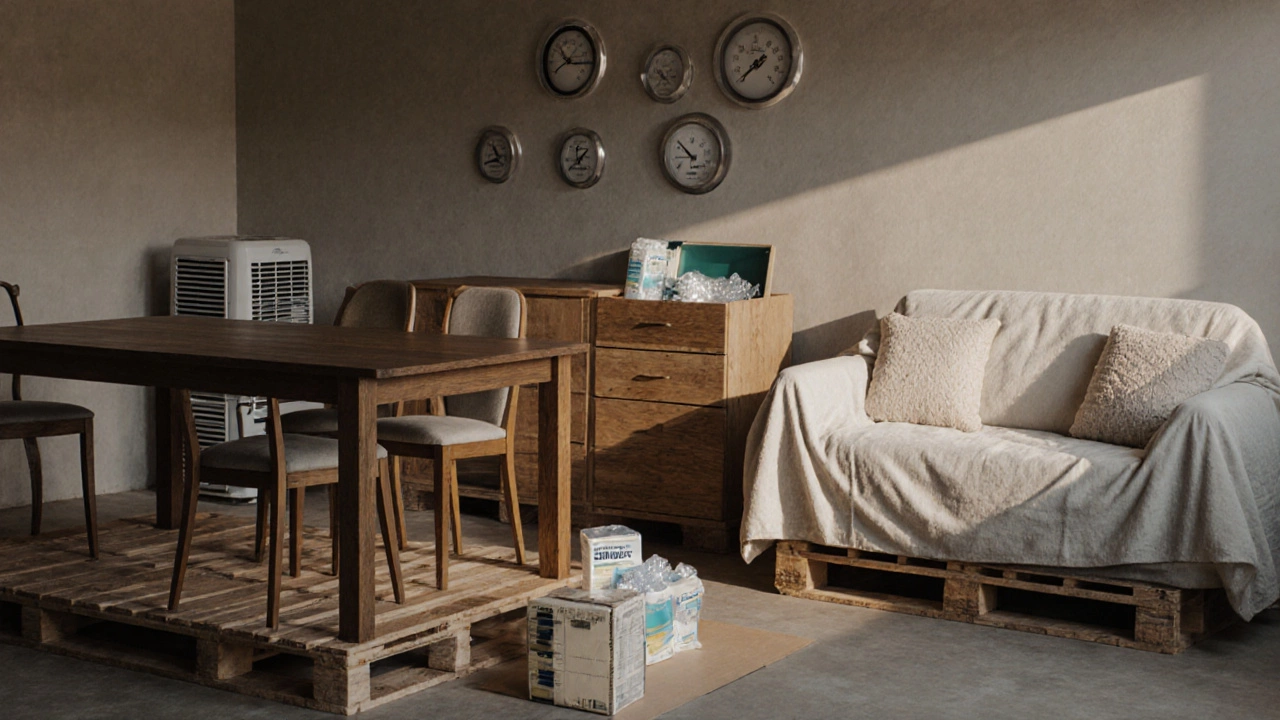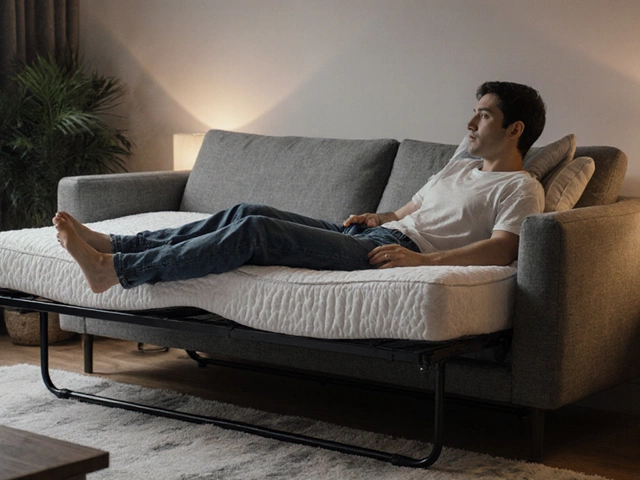Long-Term Furniture Storage: How to Keep Your Pieces Safe for Months or Years
When you need to store furniture for months—or even years—long-term furniture storage, the process of keeping household items protected over extended periods without damage. Also known as extended furniture storage, it’s not just about tossing things in a unit and hoping for the best. It’s about controlling moisture, preventing mold, avoiding warping, and making sure your sofa, dresser, or bed comes out in the same shape it went in. Many people think storage is just about space, but the real challenge is environment. A garage in Mumbai in July or a basement in Delhi in January can turn wood into brittle debris and fabric into a mold colony if you don’t prepare right.
Humidity control, managing moisture levels to prevent damage to wood, fabric, and upholstery is the #1 thing you need to get right. Furniture doesn’t just sit still—it reacts. Wood expands and cracks. Upholstery traps dampness. Metal rusts. That’s why climate-controlled storage units work better than bare metal sheds, even if they cost more. If you’re using a non-climate-controlled space, like a garage or attic, you need to layer protection: breathable moving blankets, silica gel packs, and elevated pallets to keep items off concrete. Don’t just wrap everything in plastic—that traps moisture and makes mold worse.
Mold prevention, a set of practices to stop fungi from growing on fabric, wood, or leather during storage isn’t optional. One damp night in a poorly ventilated unit can ruin a $2,000 sofa. The key is airflow and dryness. Always clean furniture before storing—dust, crumbs, and sweat attract mold. Use cedar blocks or lavender sachets, not mothballs. Open the unit at least once every two months if you can, even just to let air in. If you’re storing in a humid climate like Kerala or Assam, skip the fabric-covered pieces unless they’re in sealed, breathable covers.
And don’t forget storage unit furniture, how to pack and arrange items inside a storage space for maximum protection and access. Stack heavy items like dressers on the bottom, never on top of sofas. Leave gaps between pieces so air can move. Label everything clearly. A 10x10 unit can hold a full living room set—if you plan it right. But if you cram it like a junk pile, you’ll spend hours digging and risk scratching or crushing something valuable.
Long-term furniture storage isn’t glamorous, but it’s one of the smartest moves you can make when moving, downsizing, or renovating. The difference between a sofa that looks new after a year and one that smells like a damp basement? Preparation. You don’t need expensive gear—just the right habits. The posts below show you exactly how real people did it: from wrapping a wooden dining table in a Chennai garage, to using a 5x10 unit for a full bedroom set in Bangalore, to stopping mold before it even started in a non-climate-controlled space. No fluff. Just what works.
How to Store Furniture Properly Without Damaging It
Learn how to store furniture properly to avoid damage from humidity, pests, and improper handling. Get practical tips for cleaning, covering, and positioning pieces for long-term storage.





